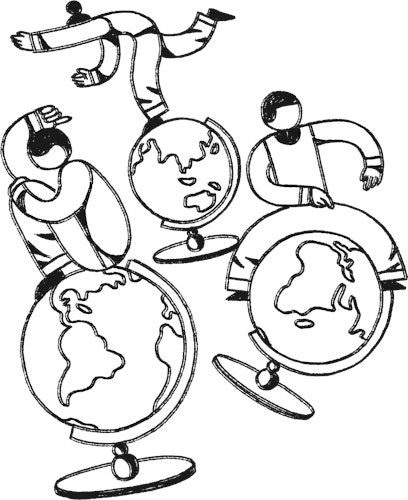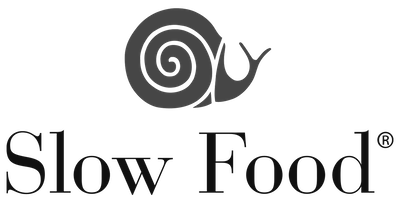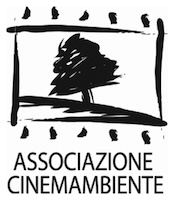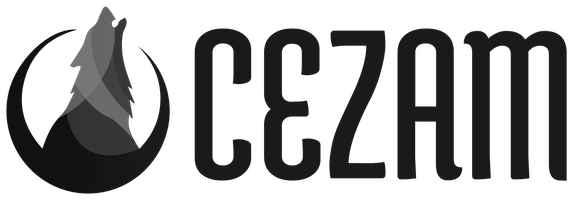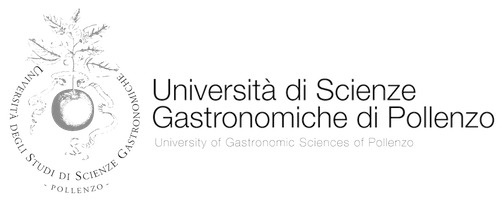Banditi a Orgosolo
Directed by
The story begins with a mouflon hunt, among the hunters Michel Iossu, the protagonist. He left the sheep with his twelve-year-old brother Peppeddu but a sheep got lost and Michele finds it and takes care of it.
The next morning Michele sees three men who let pigs into a hiding place near his sheepfold. They are not from Orgosolo and one of them is injured. To eat they kill one of the evidently stolen piglets when suddenly the carabinieri arrive on the trail of the thieves. They question Michele who replies that he has not seen anyone but the remains of the pig come out and the shepherd begins to have trouble. The thieves are discovered and run away, during a shootout Michele also runs away with his little brother and the flock to Supramonte. The carabinieri chase him. Peppeddu will often have to remain alone because Michele must stay away from the easily identifiable flock. The boy is questioned by the carabinieri who from the sheep papers understand that he is Michele's brother so they search the area. Peppeddu takes the bells off the sheep and runs away with them. The two brothers cross the arid mountains and the animals begin to get sick, finally they find some water but a shepherd sends them away. The sheep all die. Peppeddu returns to the village where he will become a servant shepherd. Michele steals the sheep from the shepherd who had denied him water and becomes a bandit.
